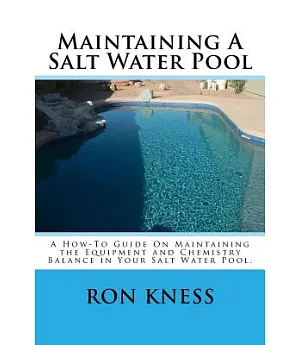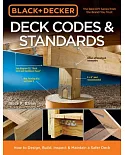Water chemistry in a swimming pool is ever evolving. As the temperature, weather, wind and seasons change, so does the chemistry in your pool and the associated tasks needed to keep everything
in balance.In this book, we focus on concrete in-ground pools. While there are other types of pools such as fiberglass, vinyl and above ground pools, most salt-water pools are the in-ground
type and built of concrete.We are going to start out talking about concrete pools in general and then move on to how the plumbing in a pool works. It is important to understand what each piece
of the plumbing puzzle does in order to understand why for example you add certain chemicals in the return line back to the filter verses adding it directly in the pool or in a line going back
into the pool. You have to know which one is the return line first before you can add the chemical.From there we move on to water chemistry and what each test and chemical controls and how to
make an adjustment when necessary. Next we talk about routine and seasonal maintenance that has to be done. Once you have finished reading through this book you should have a good grasp on how
to properly maintain your salt pool throughout the various seasons both when using it (late spring, summer and early fall) and when not (late fall, winter and early spring, unless you heat your
pool and then you can use it year-round).





















